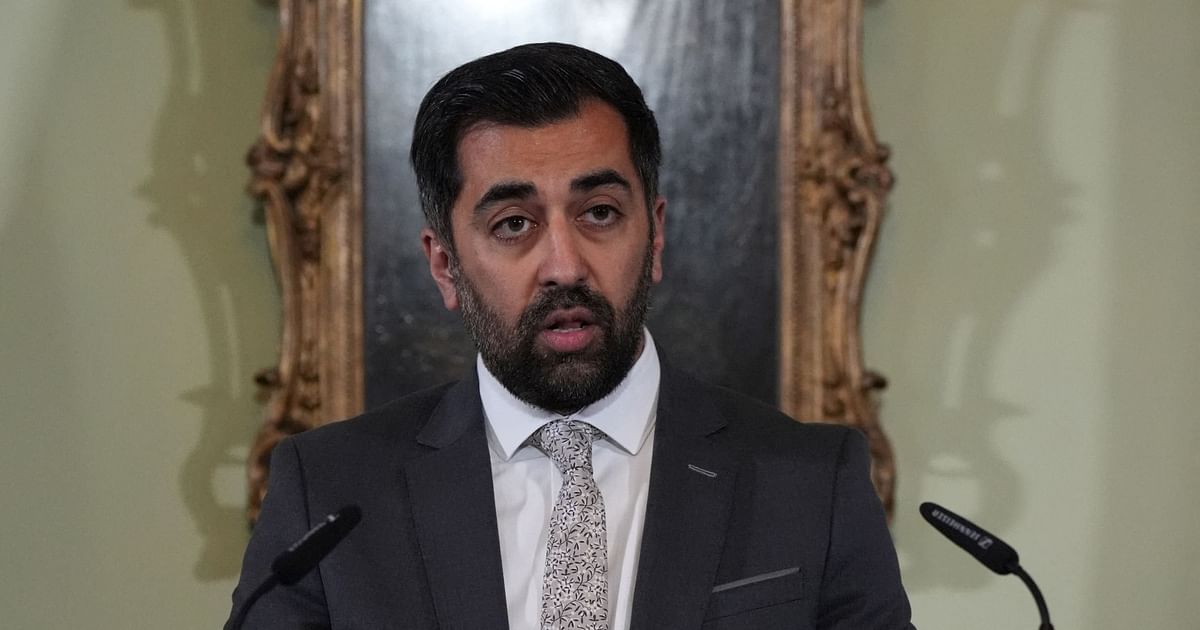World
Explained | Scotland’s government fell apart in a week, here’s what happened

Why did Yousaf resign?
The immediate trigger for the crisis came on April 18, when the government announced it was scrapping the highly ambitious climate targets written into the Bute House agreement, again with seemingly minimal consultation with the Greens.
For the Green membership, that was the final straw. Party co-leaders Patrick Harvie and Lorna Slater announced they would ask Green members to vote in May on whether the party should continue in the coalition.
Yousaf could have chosen to let this play out and have the Greens take the hit for withdrawing from government. Voters don’t normally take kindly to parties precipitating government instability, and the Greens have a built-in reputation as a party not suited to government.
Instead, mystifyingly, Yousaf chose to ditch the Greens before they had chance to ditch him. Seemingly, he must have imagined that this would make him look decisive and that it would give the impression that he had calculated that the Greens would return happily to their 2016-21 role as a friend but not partner to the governing party.
If this was his intention, it is bizarre that he made no effort to negotiate an end to the coalition and sound out the Greens on a looser arrangement. He instead briefly informed them of the agreement’s termination. Not entirely unreasonably, the smaller party was apoplectic.
When the Conservatives tabled a motion of no confidence in Yousaf, the mistake was clear. With parliamentary arithmetic as it was, the Greens now held his fate in their hands. If they joined the opposition in voting in favour of the motion – which they swiftly confirmed they would – he would be forced to stand down.
The only way for Yousaf to secure his position would be to strike a deal with the only MSP from former SNP-leader Alex Salmond’s Alba Party – something which he could not countenance. A day later, Scottish Labour tabled a second vote of no confidence – this time in the government as a whole.
The consequences of this passing would be even more severe for the party as a whole, and Yousaf was left with little choice.
With the Yousaf-era ending, speculation is now rife over his successor. John Swinney, a key figure under Sturgeon, is rapidly emerging as the frontrunner. In many ways, his appointment would shows lessons learnt from Yousaf – he would be a leader with a recognised track record of ministerial competence and political nous.
But while Swinney may restore some of the SNP’s much-tarnished reputation for governing competence, the problem of securing reliable parliamentary allies has not been faced. The Greens were understandably cautious about entering a full coalition in 2021, but arguably the looser agreement they made left them without the ability to control the direction of government. They must think carefully if they are faced with the choice again.
(Jonathan Parker is a lecturer in politics at University of Glasgow)









